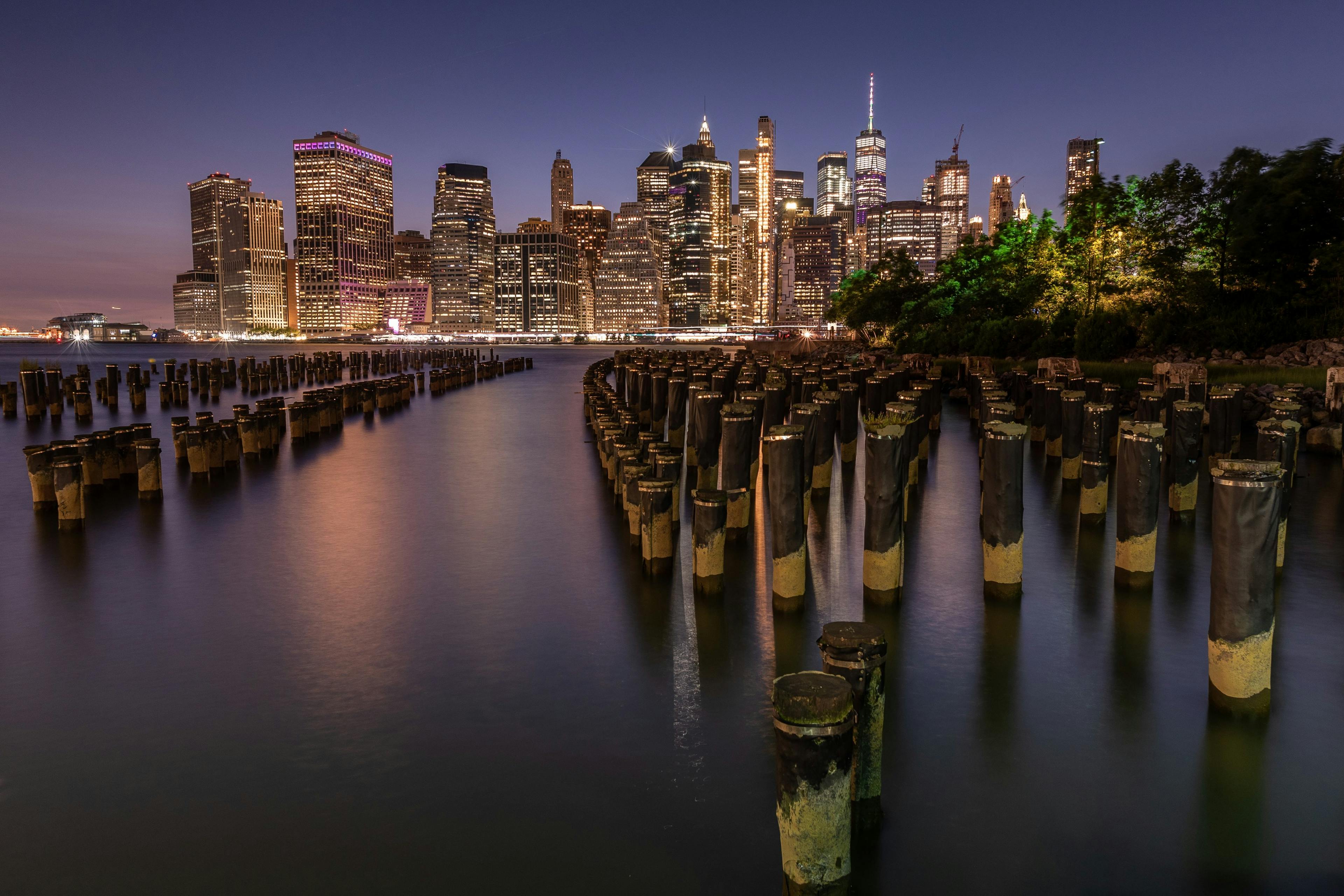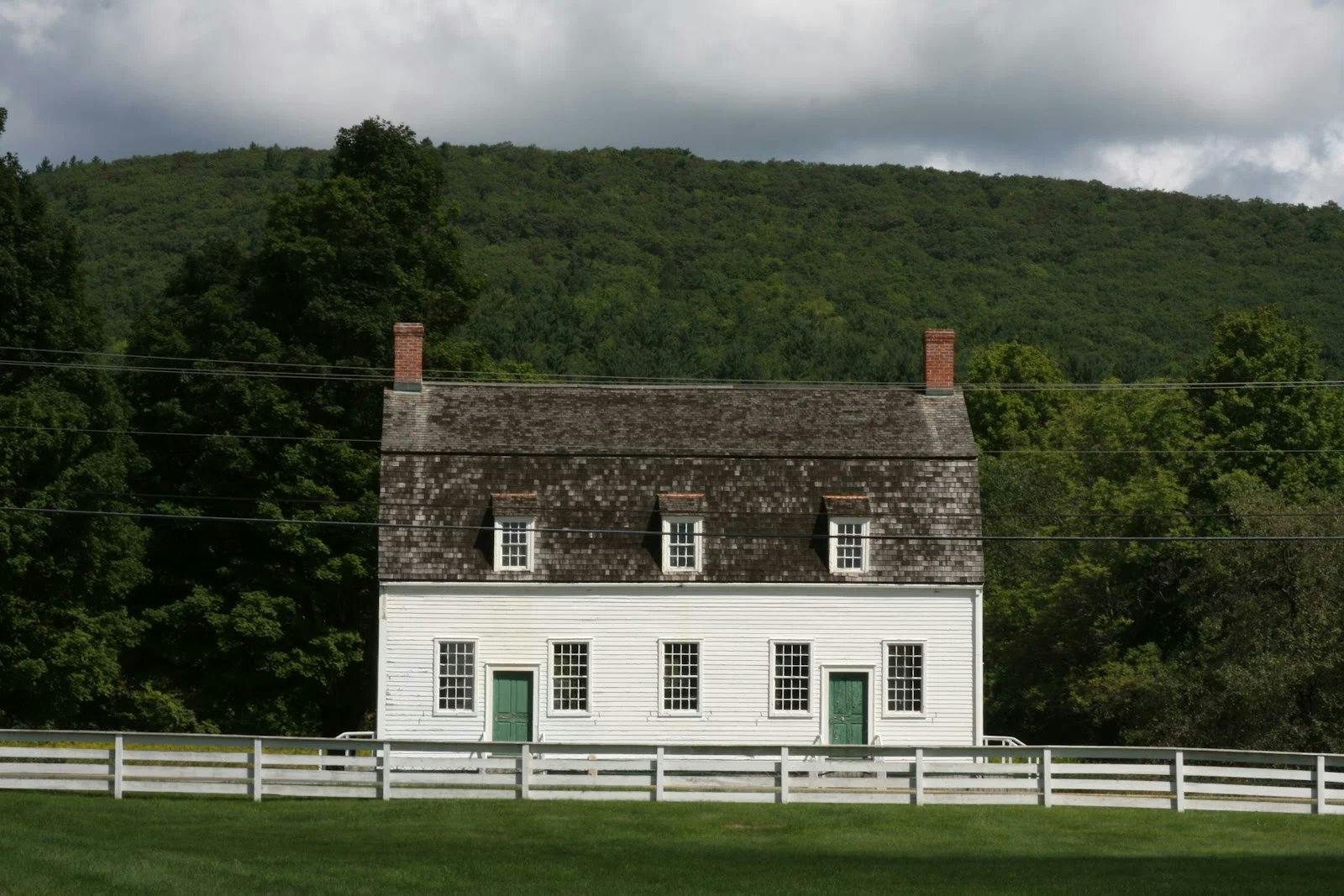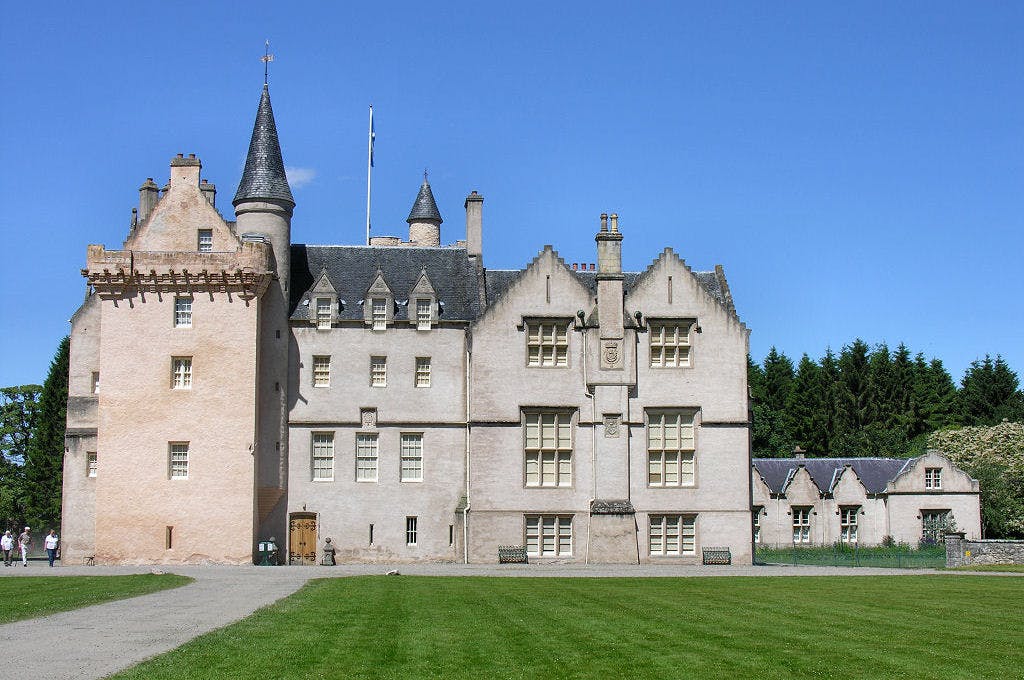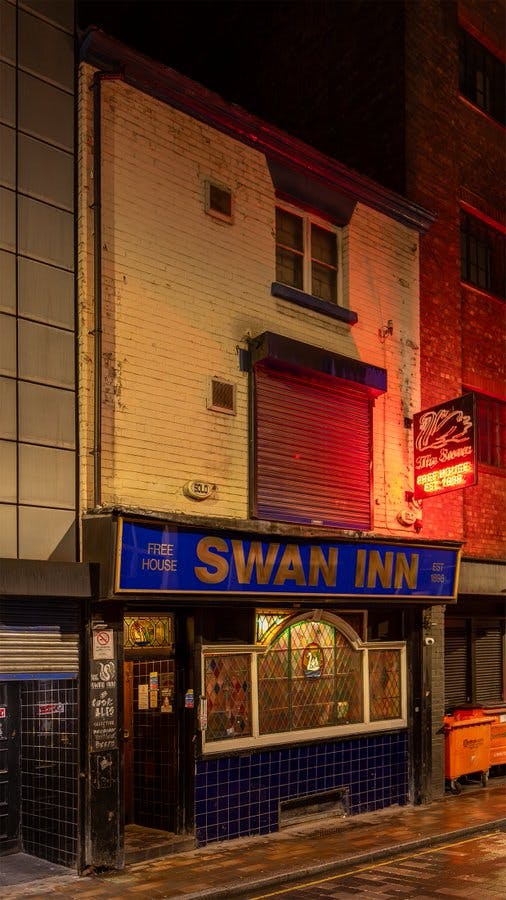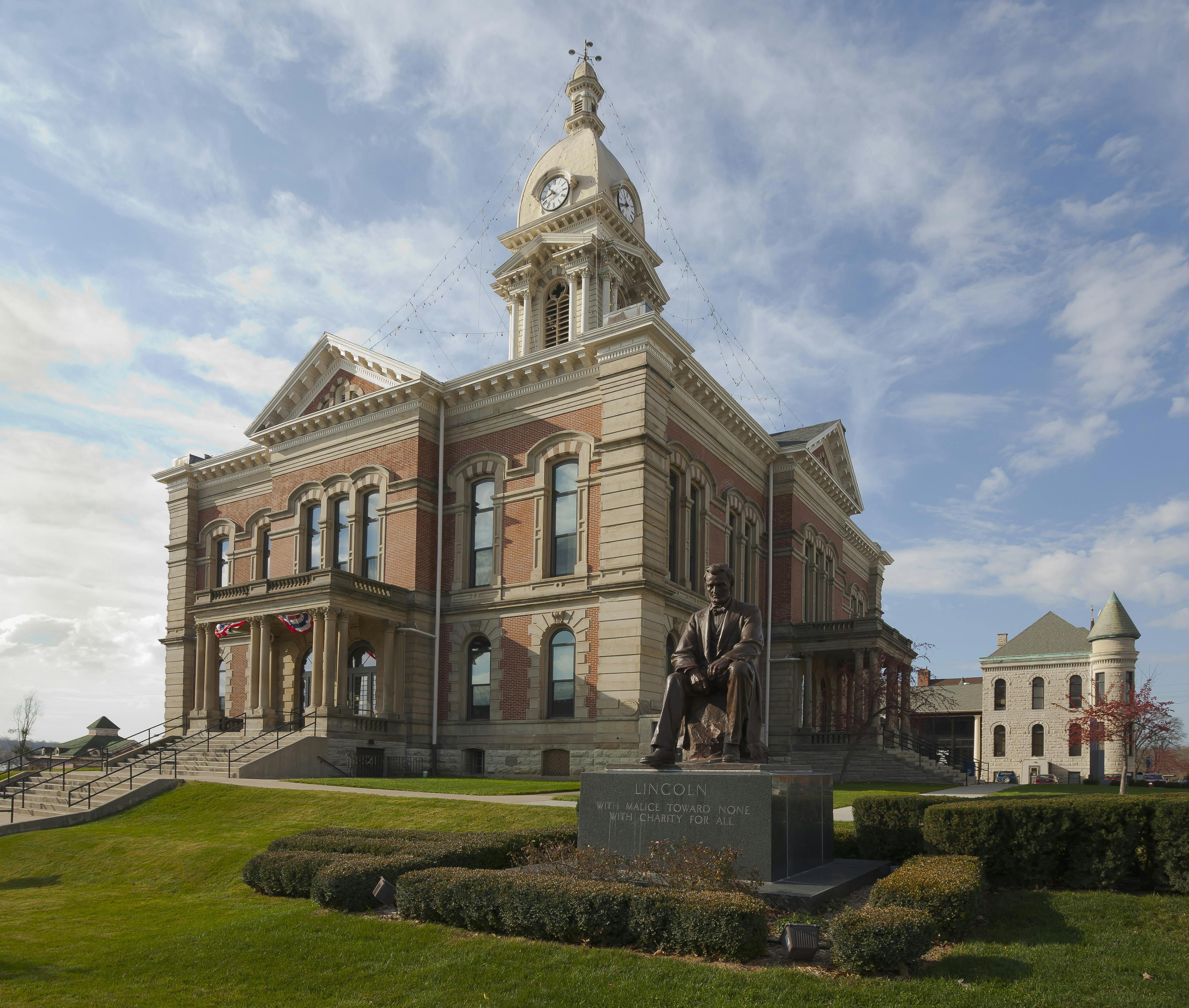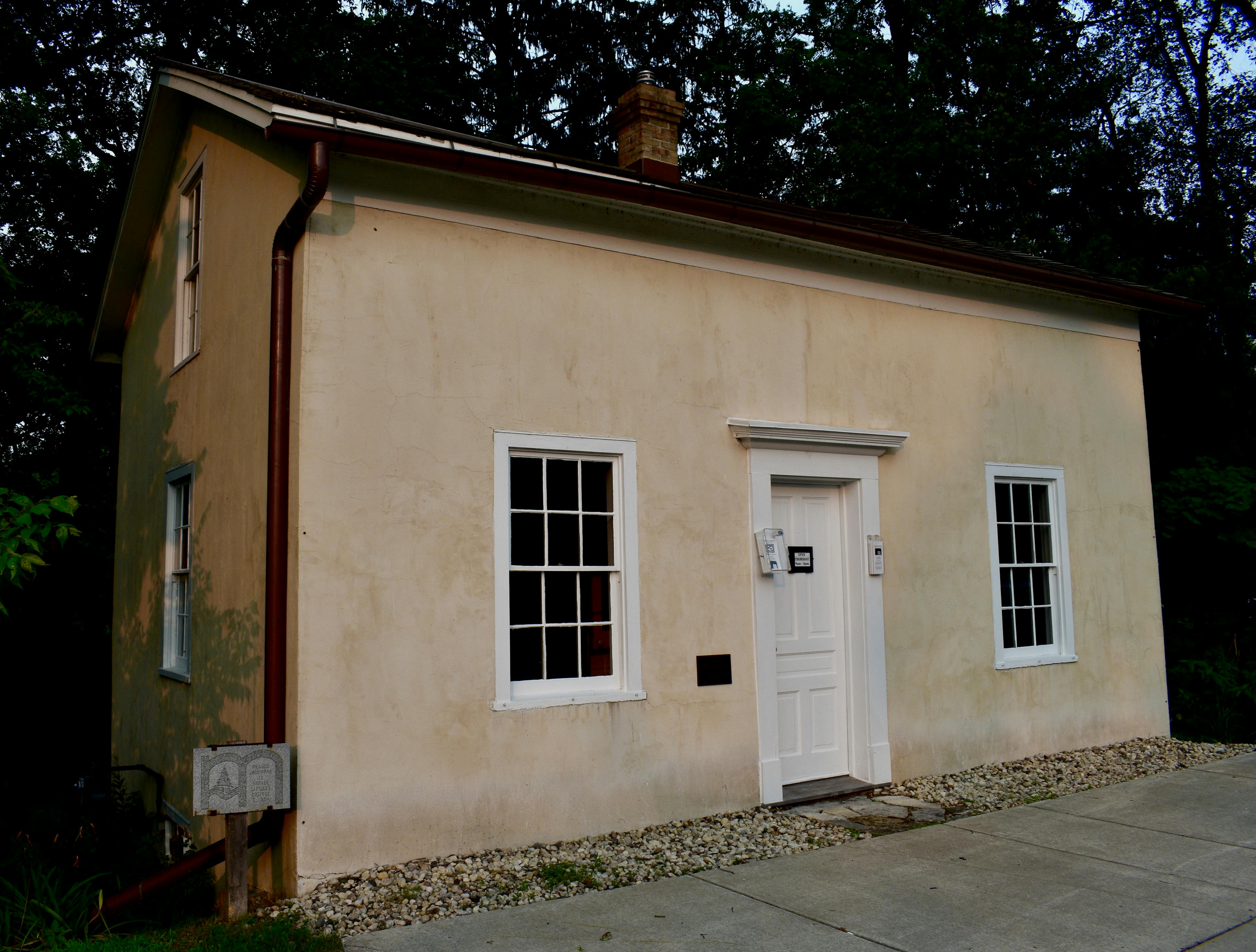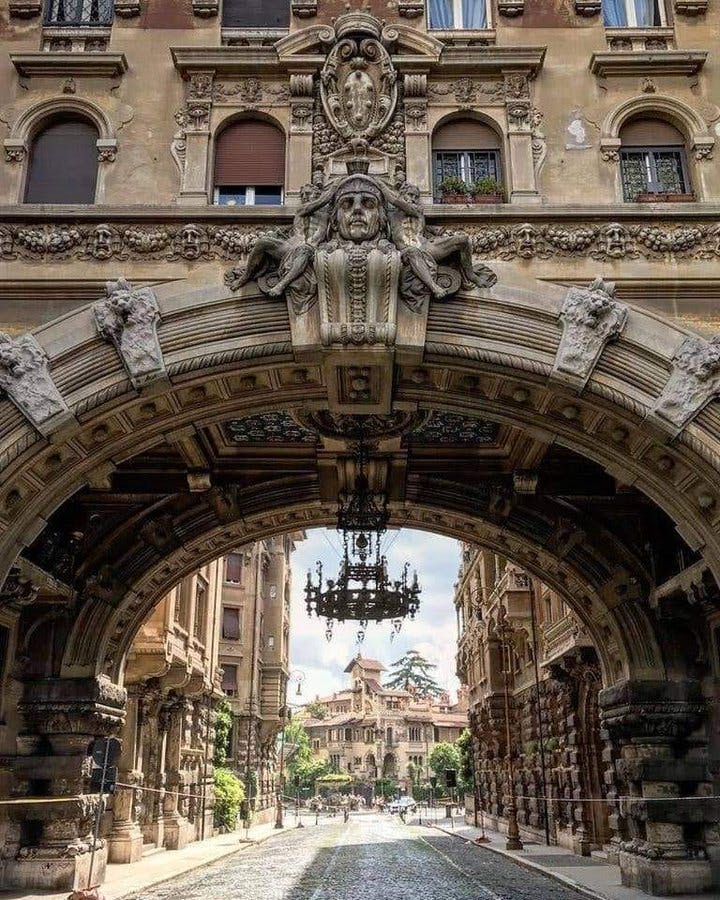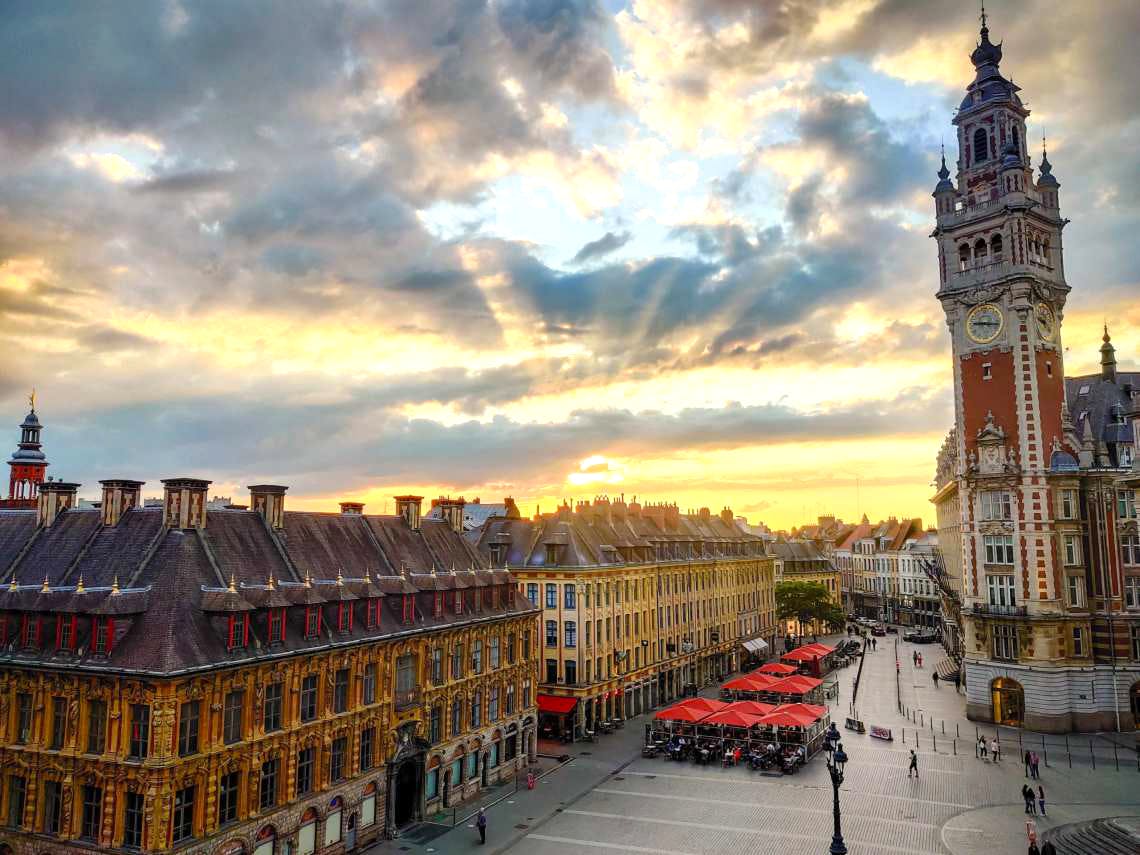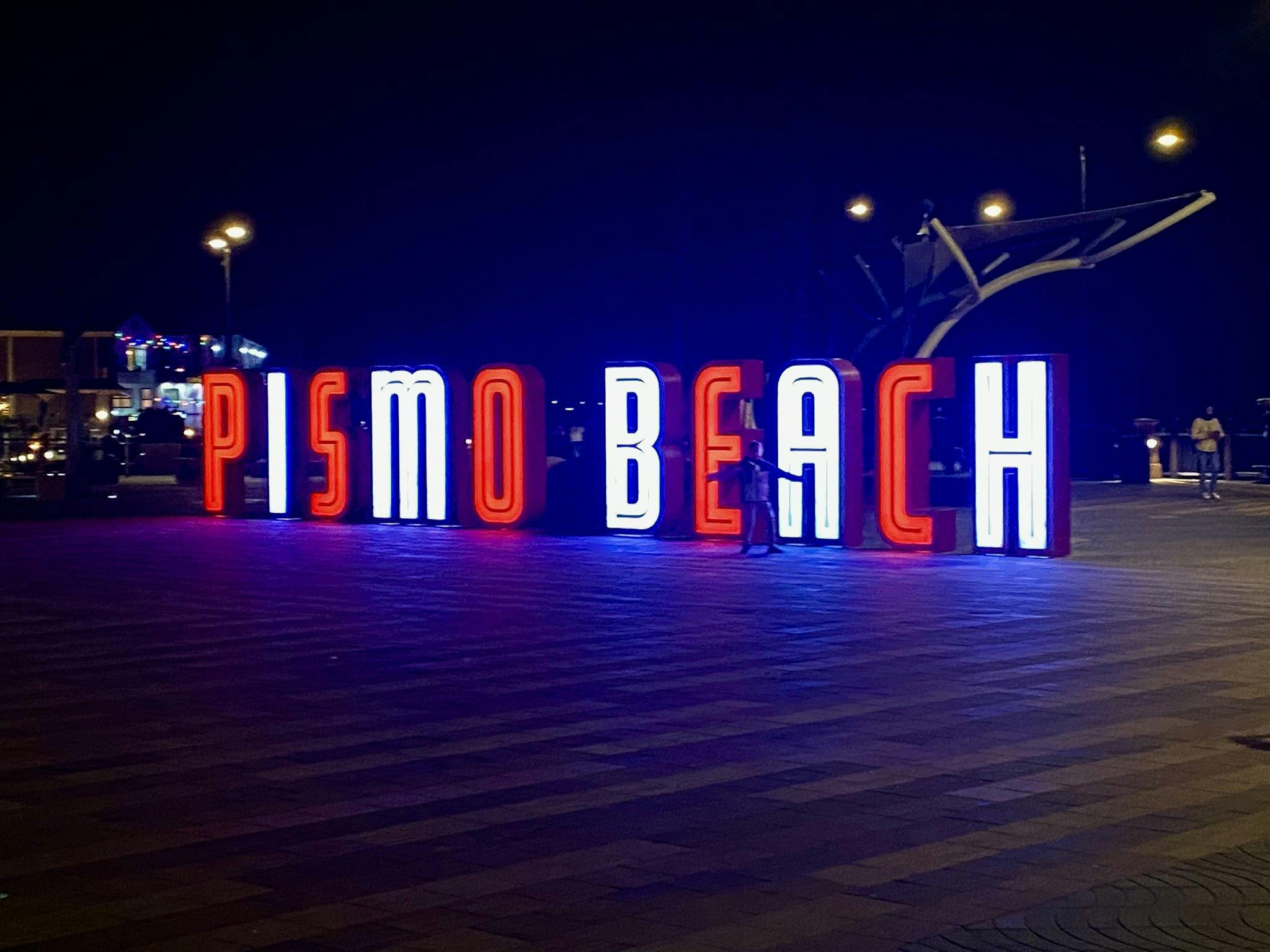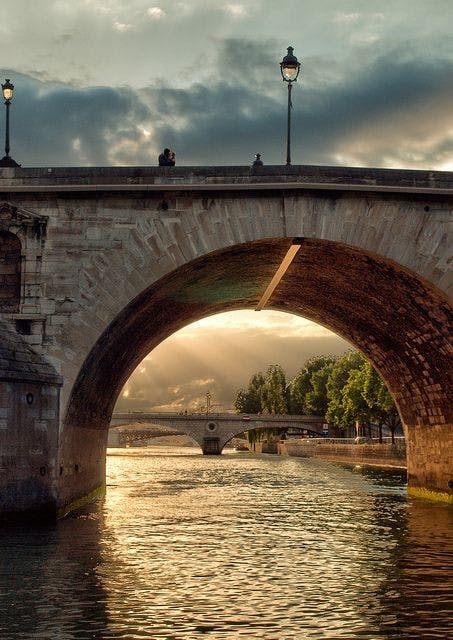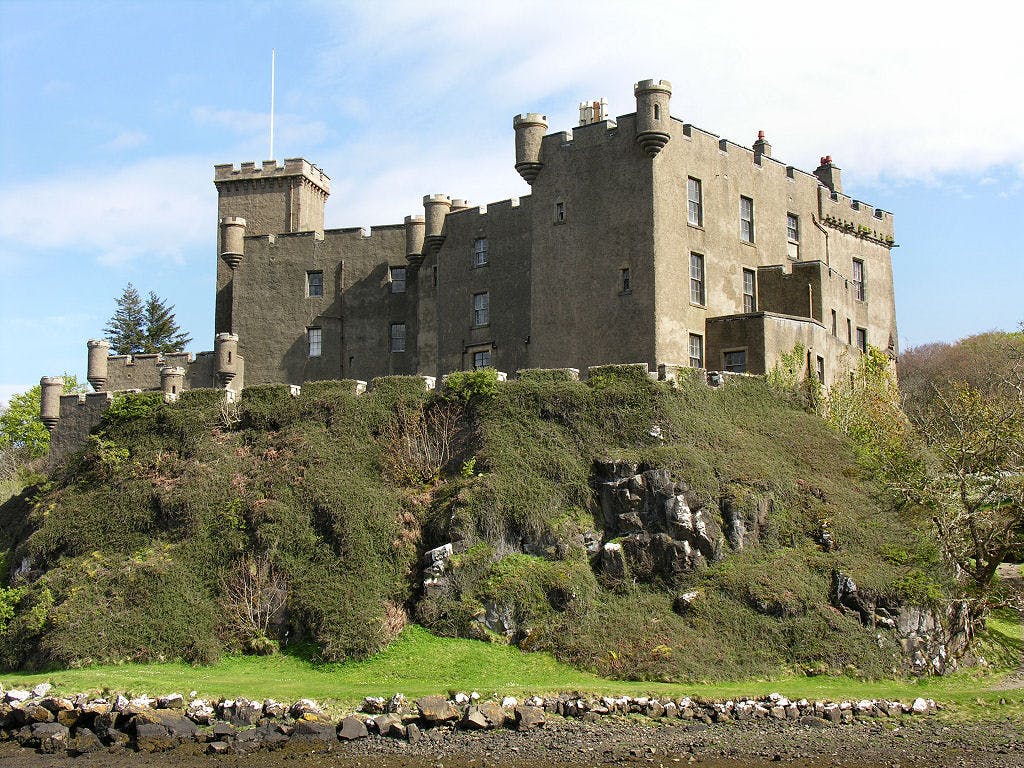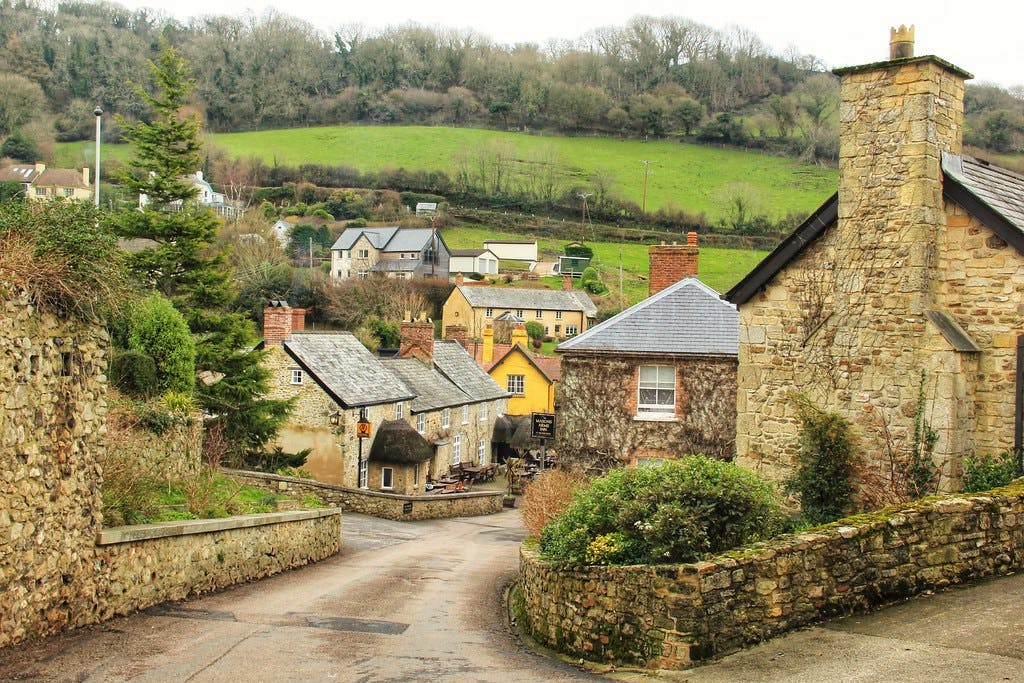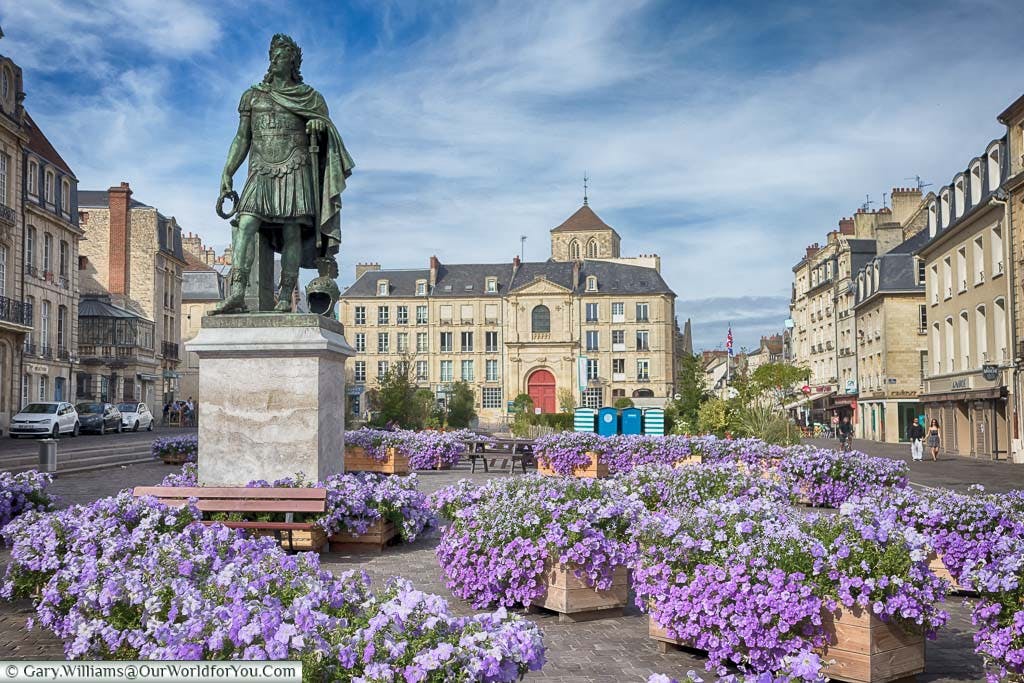How Graben Street Reflects the History, Culture, and Charm of Vienna
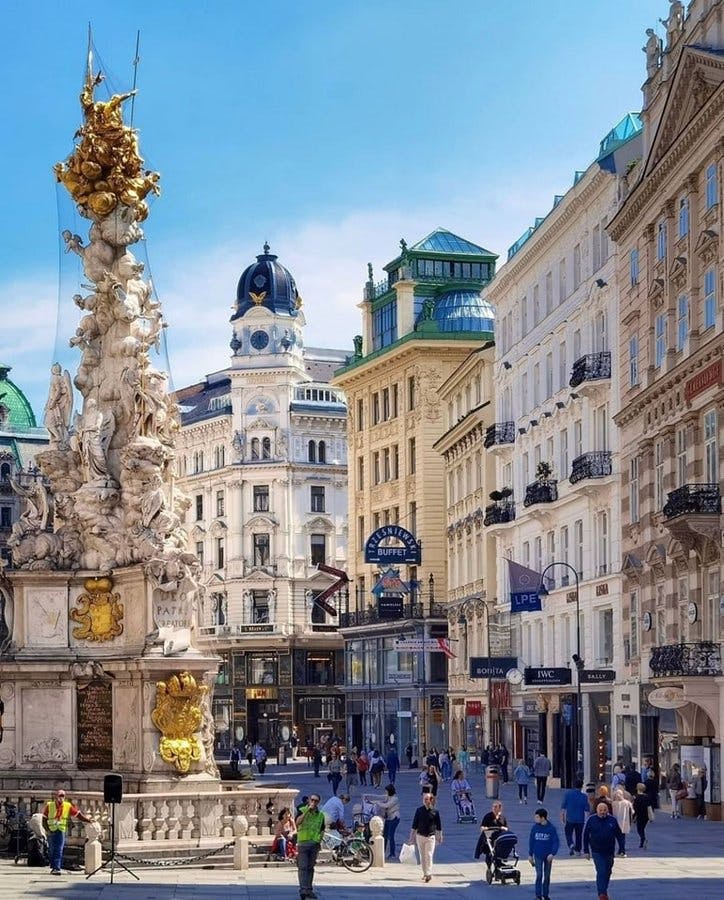
Graben Street is one of the most famous and historic streets in Vienna, the capital of Austria. It is located in the first district, the city center, and it is a pedestrian zone with many shops, cafes, and monuments. Here are some interesting facts about Graben Street:
The name “Graben” means “ditch” in German, and it refers to the old Roman trench that used to run along the street. The trench was part of the fortification of the ancient settlement of Vindobona, which later became Vienna. The trench was filled and leveled in the 12th century, when the city was expanded by the Babenberg Dukes.
Graben Street was the main artery of the city in the Middle Ages, and it was lined with wooden houses. However, a fire in 1327 destroyed most of the area, and the street was rebuilt with stone buildings in the following centuries. Many of the current buildings date from the 17th and 18th centuries, and they represent different architectural styles, such as Baroque, Rococo, and Neo-Classicism.
Graben Street is famous for its plague column, also known as the Trinity Column or the Pestsäule. It is a Baroque monument that was erected in 1693 to commemorate the end of the plague epidemic that killed more than a third of the city’s population in 1679. The column is decorated with statues of saints, angels, and allegorical figures, and it symbolizes the gratitude and faith of the Viennese people.
Graben Street is also known for its fountains, which date back to the 15th century. The two main fountains are the Joseph Fountain and the Leopold Fountain, which are located at the opposite ends of the street. They are named after the emperors Joseph I and Leopold I, who ruled Austria in the 17th and 18th centuries. The fountains were originally used for fire fighting and drinking water, but they are now ornamental features that add to the charm of the street.
Graben Street is a popular shopping destination, as it offers a variety of stores, from traditional to modern. Some of the oldest and most prestigious shops are Albin Denk, a porcelain dealer, Heldwein, a court jeweler, and Nägele & Strubell, a court perfumery. There are also many cafes and restaurants, where visitors can enjoy the Viennese cuisine and coffee culture. One of the most famous cafes is Julius Meinl, a gourmet supermarket and coffee house that has been operating since 1862.
Graben Street is a must-see attraction for anyone who visits Vienna, as it showcases the rich history, culture, and elegance of the city.
